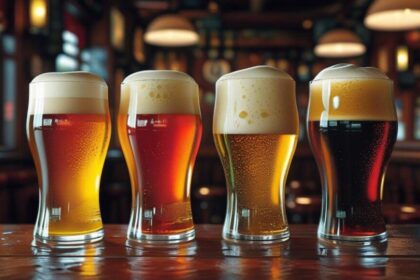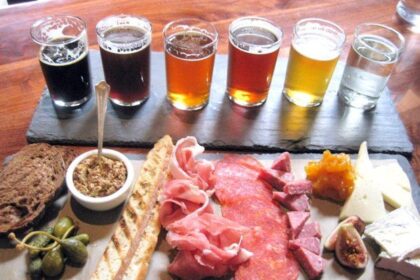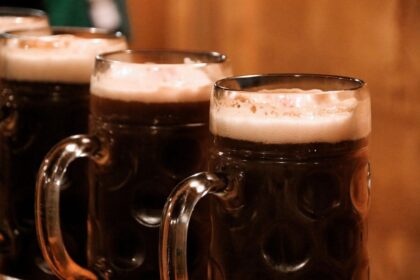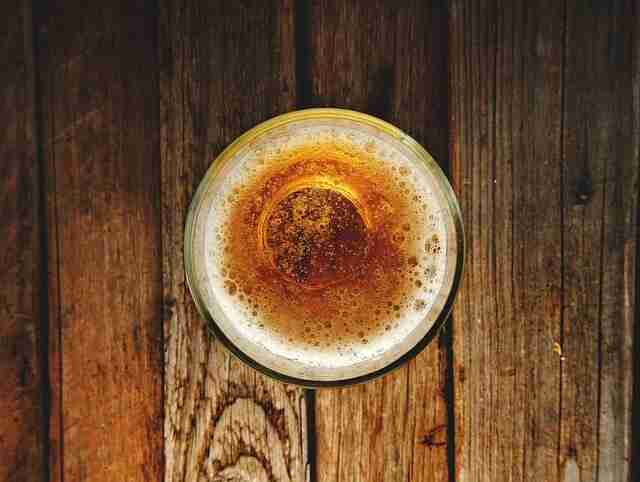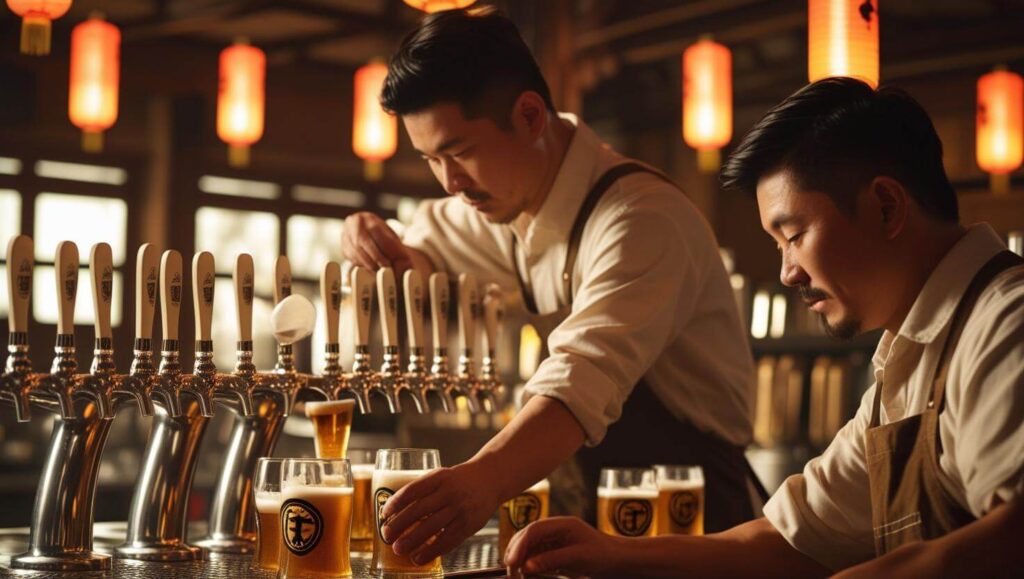
Beer Culture
Beer culture extends far beyond simply cracking open a cold one after work. It’s a rich tapestry woven from centuries of brewing traditions, regional specialties, and passionate communities dedicated to the craft. Whether you’re curious about what makes an IPA different from a stout or want to learn why your favorite brewery uses specific glassware, understanding beer culture opens up a world of flavors, techniques, and experiences.
This guide will take you through the fundamentals of beer appreciation, from identifying key ingredients to mastering proper tasting techniques and food pairings that elevate every sip.
Understanding the Basics of Beer
Every great beer starts with four essential ingredients that have remained largely unchanged for thousands of years. Water forms the foundation, typically making up about 90% of the final product. The quality and mineral content of water can dramatically influence a beer’s character—which explains why certain regions became famous for specific styles.
Malt provides the sugars that yeast will eventually convert into alcohol. Most commonly derived from barley, malted grains also contribute to beer’s color, body, and sweetness levels. Darker malts create richer, more complex flavors ranging from caramel to chocolate.
Hops bring bitterness to balance malt’s sweetness while adding distinctive aromas and flavors. These cone-shaped flowers can introduce notes of citrus, pine, floral, or even tropical fruit depending on the variety used.
Yeast completes the quartet by fermenting sugars into alcohol and carbon dioxide. Different yeast strains produce vastly different results—ales use top-fermenting yeasts that work at warmer temperatures, while lagers employ bottom-fermenting yeasts that prefer cooler conditions.
These combinations create endless possibilities. IPAs showcase hop flavors and aromas, stouts emphasize dark malts for rich, roasted characteristics, and lagers offer clean, crisp profiles that let subtle flavors shine through.
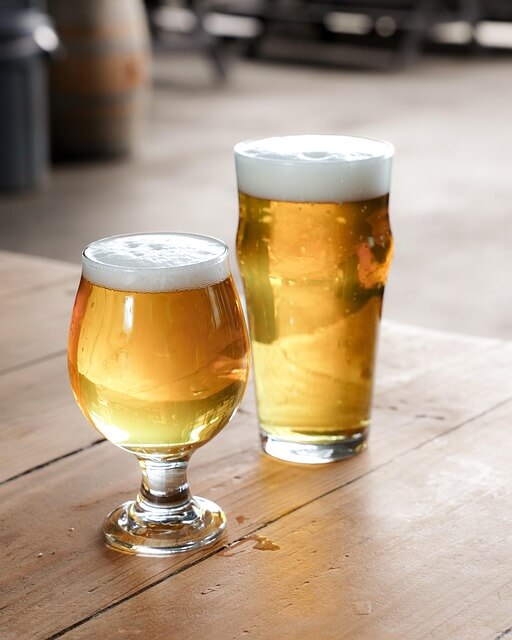
Tasting Beer Like a Pro
Professional beer tasting follows a systematic approach that engages all your senses. Start by examining the beer’s appearance—note its color, clarity, and foam retention. A beer’s head can tell you about carbonation levels and ingredient quality.
Next, take a deep inhale before tasting. Your nose can detect thousands of different compounds that contribute to beer’s complexity. Look for malt sweetness, hop aromatics, fruity esters from fermentation, or any off-flavors that might indicate brewing issues.
When you finally taste, let the beer coat your entire palate. Notice the initial flavors, mid-palate development, and lingering finish. Pay attention to body and mouthfeel—is it light and crisp or full and creamy? How does carbonation level affect the overall experience?
Key flavors to identify include malty sweetness, hop bitterness, fruity or spicy notes from yeast, and any specialty ingredients like coffee, vanilla, or spices. The more you practice this methodical approach, the better you’ll become at distinguishing between different styles and quality levels.

Choosing the Right Glassware
Glassware significantly impacts your beer-drinking experience, though many people overlook this crucial element of beer culture. Different glass shapes concentrate or disperse aromas, affect head retention, and even influence temperature control.
Pilsner glasses, tall and narrow, showcase golden colors while maintaining carbonation in lighter beers. Their shape concentrates delicate hop aromas and prevents the beer from warming too quickly.
Tulip glasses work beautifully for Belgian ales, IPAs, and other aromatic beers. The bulbous bottom allows for swirling, while the narrowed top traps and concentrates complex aromatics.
Wide-mouthed glasses like snifters suit stronger, more complex beers such as barleywines or imperial stouts. The broad opening lets you appreciate rich, layered aromas while the curved sides warm the beer slightly in your hands.
Even basic pint glasses serve important purposes—their straight sides and wide openings work well for session ales, brown ales, and other everyday drinking beers where you want easy access without excessive aroma concentration.
Exploring Beer and Food Pairings
Beer’s diverse flavor profiles make it incredibly versatile for food pairing. The key lies in understanding how different elements interact—complementing, contrasting, or cleansing the palate.
Light lagers pair beautifully with delicate seafood, salads, or spicy cuisines where you want the beer to cleanse rather than compete. The clean, crisp character refreshes your palate between bites.
Hoppy beers like IPAs can stand up to bold, spicy foods, rich cheeses, or grilled meats. The bitter compounds actually help cut through fatty or oily textures while the hop aromatics add complexity.
Dark beers excel alongside hearty comfort foods, chocolate desserts, or smoky barbecue. Roasted malt flavors complement similar notes in grilled or roasted dishes, while the beer’s body matches richer food textures.
Sour beers offer unique pairing opportunities with their bright acidity. They work wonderfully with fatty meats, creamy cheeses, or fruit-based desserts where the acidity provides balance and enhances flavors.
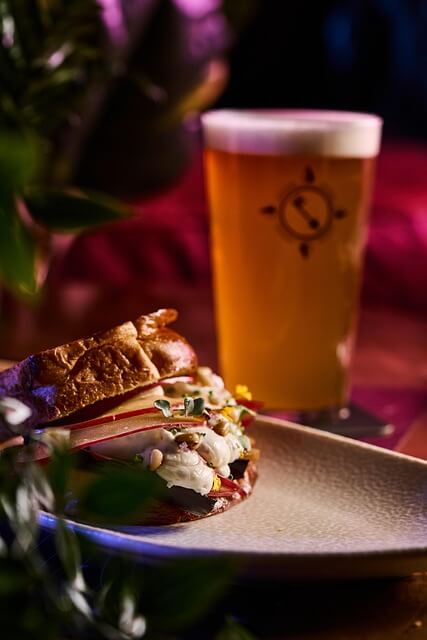
Embracing Your Beer Journey
Beer culture rewards curiosity and experimentation. Start with styles that appeal to your current taste preferences, then gradually explore new territories. Visit local breweries to understand how environment and ingredients influence final products. Join tasting groups or online communities where you can share experiences and learn from other enthusiasts.
Remember that developing your palate takes time and practice. Keep notes about beers you try, noting what you enjoyed or didn’t appreciate. This personal record becomes invaluable as you discover your preferences and expand your knowledge.
Most importantly, approach beer culture with an open mind and responsible enjoyment. The goal isn’t to become a snob, but rather to deepen your appreciation for one of humanity’s oldest and most diverse beverages.
Tips for Finding the Perfect Beer for Any Occasion or Mood
Tips for Finding the Perfect Beer for Any Occasion or Mood Are…
Cheers To All You Need: Good Friends, Good Food, Good Beer!
Cheers to Good Friends, Good Food, and Great Beer! When it comes…
Memories That Last For Years: Celebrating Friendship over Good Food and Beer
Gathering with friends to share food and drinks is a cherished tradition.…
Hosting a Party? Here’s How to Keep it Fun and Memorable
Hosting a Party? Here's How to Keep it Fun and Memorable Throwing…
Essential Beer Drinking Gear: Coasters & More
Beer lovers know that the right accessories can transform an ordinary drinking…
Foodie Experiences that Make Bonding With Friends Even More Special
Foodie Experiences Sharing meals and experiences with your closest friends is one…
Planning the Perfect Picnic with your Closest Companions
The Perfect Picnic Summer is the perfect time for planning a picnic…
Crafting Your Own Beer: A Delicious Way to Socialize
A Delicious Way to Socialize Brewing your own beer at home is…
The Joys of Good Friends, Food and Beer
The Joys of Good Friends, Food and Beer When it comes to…
Celebrating Food and Friends – A Delicious Combination
Are you looking for a fun way to celebrate life’s milestones with…
Celebrating Beer and Friends – Why We Love This Classic Combination
We all love to gather with friends and share stories, laughs and…
Enjoying a Night Out with Good Friends and Great Beer
Enjoying a Night Out with Good Friends and Great Beer Many of…
The Best Stouts for Cold Nights + Comfort Food Pairings
Discover the best stouts for winter nights plus perfect comfort food pairings.…
Rediscovering the Wonders of Friendship Through Shared Meals & Beer
The Wonders of Friendship Sharing meals and beer has been a timeless…
How to Have Fun With Friends, Food, and Beer
How to Have Fun With Friends Is there anything better than spending…
Unforgettable Experiences With Good Friends, Good Foods and Great Beers
Unforgettable Experiences With Good Friends When it comes to creating memories that…
How to Make the Most Out of Social Gatherings with Friends
Social gatherings with friends is one of life’s greatest joys. Whether it’s…
Experiencing Friendship Through Sharing Food & Beer
Creating Perfect Moments with Food Plus Beer There’s something heartwarming about sharing…
The Secret to Enjoying Friends, Food and Beer
Enjoying Friends, Food and Beer. Life is better with laughter, new flavors,…
How Much Do People Drink? Examining Global Consumption Habits
Refined Content on Global Alcohol Consumption Raising a Glass to Global Alcohol…
Brew Your Own Beer At Home
Crafting Beers from Home: A Comprehensive Homebrewing Guide Are you a beer…


